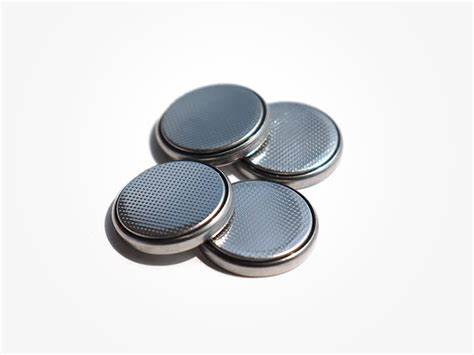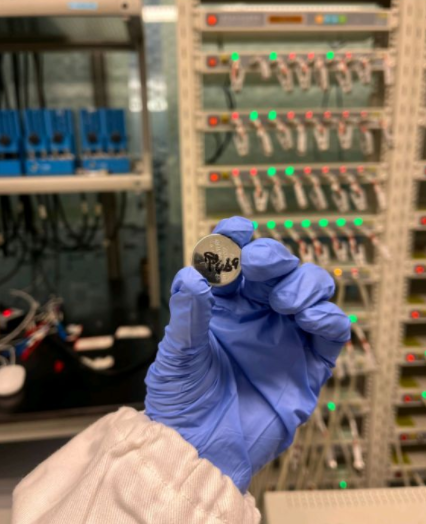**I. Coin Cell Assembly Tutorial**
1. In a coin half-cell with metallic lithium as the negative electrode, the negative electrode material in a full cell actually serves as the positive electrode in the coin cell. In the coin cell, it is necessary to ensure that the diameter of the separator > the diameter of the lithium disc > the diameter of the electrode. When moving the entire coin cell with tweezers, insulated tweezers should be used to prevent short-circuiting between the positive and negative electrodes.
2. To ensure the accuracy of subsequent electrochemical testing and to account for errors and operational mistakes, the number of coin cells or simulated cells assembled with the same material should generally be no less than four.
3. During the assembly process of coin cells and simulated cells, when placing the lithium disc, the smooth edge of the lithium disc should face the separator. If necessary, a flat, lithium-inert hard object can be used to press down the surface of the lithium disc to prevent burrs on the edge of the lithium disc from piercing through the separator and causing a short circuit.
4. Before use, all components of coin cells and simulated cells should be cleaned. Stainless steel components can be ultrasonically cleaned sequentially with degreasing agents, acetone, ethanol, and water. When cleaning with degreasing agents, the cleaning temperature can be appropriately increased to remove oil from the surface of the components. Polytetrafluoroethylene (PTFE) components should be cleaned with reagents other than acetone. After cleaning, the components should be dried in an oven. When assembling simulated cells and placing the electrodes, it should be noted that the electrodes are prone to shifting and flipping. Using tweezers to adjust them can easily damage the electrodes and cause electrolyte leakage. It is recommended to use blunt-tipped insulated tweezers for handling.

**II. Common Issues and Explanations**
After assembling the battery, some issues may arise during testing. The following are potential problems and explanations:
**Low Open-Circuit Voltage**
1. Burrs on the electrode puncture the separator, causing a short circuit. When assembling sodium batteries, special attention should be paid to the thickness of the sodium disc, dendrites, and surface flatness.
2. Misalignment of the positive and negative electrodes during battery assembly leads to a short circuit.
3. Errors in the pressing step result in loose battery assembly, with poor contact between the battery case and the electrodes, causing a short circuit.
**High Electrochemical Impedance**
1. Insufficient amount of conductive agent added.
2. Low porosity of the separator, which hinders the smooth passage of lithium ions in the electrolyte.
3. Decomposition of the electrolyte, leading to a reduction in lithium salt content.
4. Insufficient soaking time for the battery.
**III. Brief Analysis of Battery Safety**
1. Good battery safety performance is primarily characterized by the absence of swelling and explosion during use. One reason for battery explosion is that the electrolyte volume does not meet the process requirements. When the electrolyte volume is too low, the internal resistance of the battery increases, leading to more heat generation. The rise in temperature causes the electrolyte to decompose rapidly and produce gas, the separator to melt, and the battery to swell and short-circuit, leading to an explosion.
2. When the electrolyte reacts with the positive and negative electrode materials to produce excessive gas, adding an appropriate amount of electrolyte wetting agent can reduce the volume of electrolyte added, thereby mitigating the issue of excessive gas production and enhancing battery safety. Conversely, when the electrolyte volume is too high, the large amount of gas generated during charging and discharging increases the internal pressure of the battery. The shell may rupture, causing electrolyte leakage. If the electrolyte is at a high temperature, it may ignite upon contact with air.

If you do battery research or battery materials research, you might be interested in these:
Due to the limited level of knowledge inevitably errors and omissions, if there are errors or infringements in the text, please contact me as soon as possible by private letter, I will immediately make corrections or deletions.
